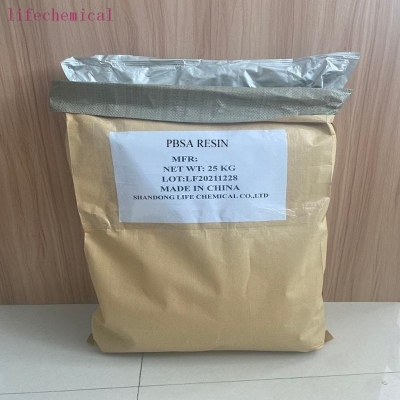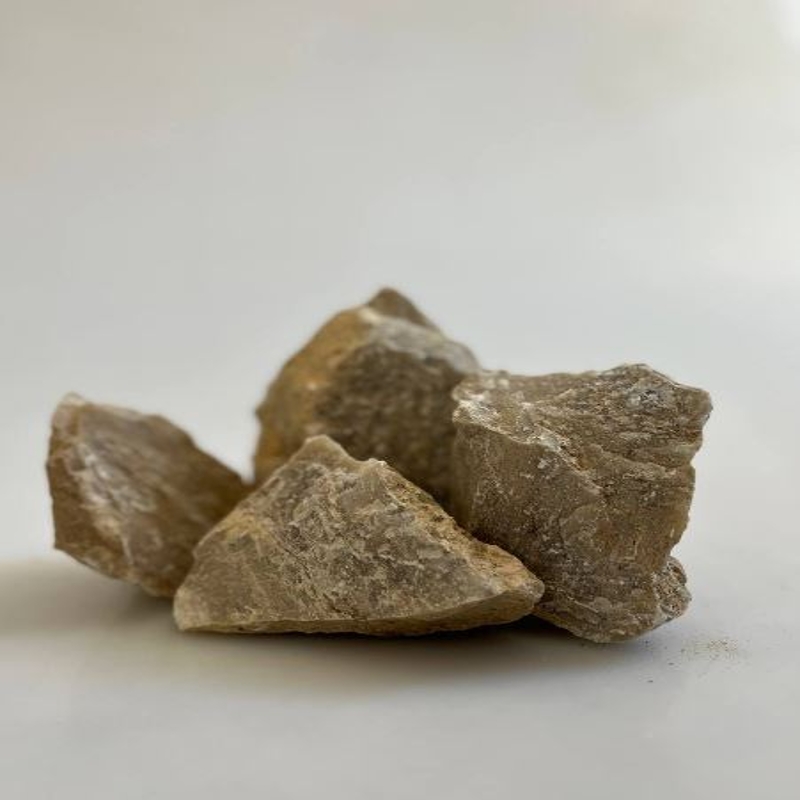-
Categories
-
Pharmaceutical Intermediates
-
Active Pharmaceutical Ingredients
-
Food Additives
- Industrial Coatings
- Agrochemicals
- Dyes and Pigments
- Surfactant
- Flavors and Fragrances
- Chemical Reagents
- Catalyst and Auxiliary
- Natural Products
- Inorganic Chemistry
-
Organic Chemistry
-
Biochemical Engineering
- Analytical Chemistry
-
Cosmetic Ingredient
- Water Treatment Chemical
-
Pharmaceutical Intermediates
Promotion
ECHEMI Mall
Wholesale
Weekly Price
Exhibition
News
-
Trade Service
Researchers from Tohoku University in Japan have recently developed a technology that uses hot spring water to extract hydrogen fuel, which does not produce carbon dioxide during the process of obtaining hydrogen.
Hydrogen production in this way can help control greenhouse gas emissions
.
According to reports, this experiment using strongly acidic hot spring water to produce hydrogen fuel was carried out by a research team at Tohoku University at the end of 2017
.
In order to cause the natural hot spring water to chemically react with metallic aluminum, the researchers let the strongly acidic hot spring water at about 50 degrees Celsius pass through an aluminum container at a flow rate of 6 liters per minute.
A total of about 20 liters of hydrogen were collected in the experiment for about 3 hours
.
Commonly used methods for hydrogen production such as methane reforming will produce a large amount of carbon dioxide, but using this new method to obtain hydrogen does not produce carbon dioxide
.
The research team plans to carry out applied experiments in 2018 to further improve the efficiency of the reaction.
In the future, it is expected that the generated hydrogen can be used for small-scale hydrogen fuel power generation, so that the hot springs will be self-sufficient and used for hydrogen fuel cell vehicles
.
The Japanese government issued the "Hydrogen Energy Basic Strategy" at the end of 2017.
The main goals include the commercialization of hydrogen fuel power generation by 2030, in order to reduce carbon emissions and increase energy self-sufficiency
.
There are many hot springs in various parts of Japan.
If the hot spring water can be effectively used to produce hydrogen, it is expected to further promote the application of hydrogen fuel
.
Hydrogen production in this way can help control greenhouse gas emissions
.
According to reports, this experiment using strongly acidic hot spring water to produce hydrogen fuel was carried out by a research team at Tohoku University at the end of 2017
.
In order to cause the natural hot spring water to chemically react with metallic aluminum, the researchers let the strongly acidic hot spring water at about 50 degrees Celsius pass through an aluminum container at a flow rate of 6 liters per minute.
A total of about 20 liters of hydrogen were collected in the experiment for about 3 hours
.
Commonly used methods for hydrogen production such as methane reforming will produce a large amount of carbon dioxide, but using this new method to obtain hydrogen does not produce carbon dioxide
.
The research team plans to carry out applied experiments in 2018 to further improve the efficiency of the reaction.
In the future, it is expected that the generated hydrogen can be used for small-scale hydrogen fuel power generation, so that the hot springs will be self-sufficient and used for hydrogen fuel cell vehicles
.
The Japanese government issued the "Hydrogen Energy Basic Strategy" at the end of 2017.
The main goals include the commercialization of hydrogen fuel power generation by 2030, in order to reduce carbon emissions and increase energy self-sufficiency
.
There are many hot springs in various parts of Japan.
If the hot spring water can be effectively used to produce hydrogen, it is expected to further promote the application of hydrogen fuel
.







